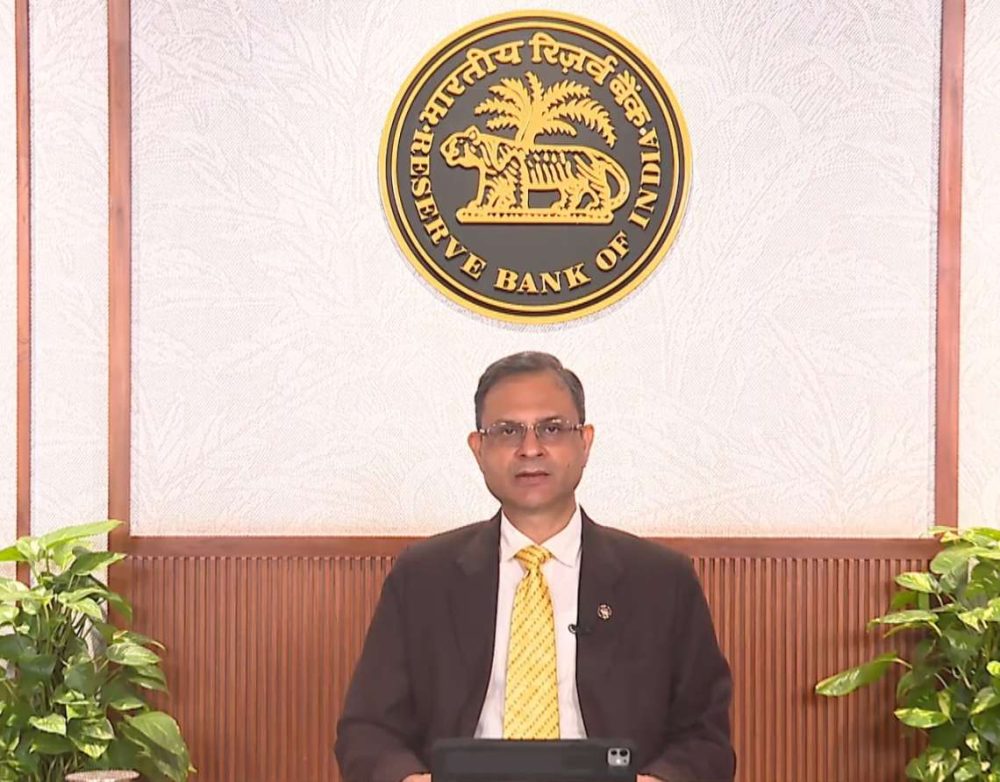The company, which has sacked thousands of employees to date and has taken deeper cuts, was still unable to achieve profitability at group level amid mounting losses….reports Asian Lite News
India’s edtech superstar Byju Raveendran who rode the edtech wave during the pandemic seems to be in a tight spot.
The journey of Byju’s has been a roller-coaster ride. It began as a start-up that rose rapidly, garnered high-profile investors by the score, and became the quickest in India to achieve a decacorn status, with a valuation of over $10 billion.
However, the company’s trajectory took a steep plunge just as swiftly. From a lofty $22 billion valuation in 2021, it has dropped to slightly more than $5 billion now.
Similarly, its workforce has shrunk from 59,000 to less than 34,000, with numerous layoffs in recent weeks. With each passing day, the co-founders find themselves in increasingly turbulent waters. Soon enough, the investors will have to make pivotal decisions about this start-up, whose problems seem to be piling up.
Chetan Bhagat, author, and YouTuber in a column in Times Of India, has said that, “It is baffling how Byju’s could delay the publishing of its financials though such sophisticated investors were involved.” He added, There are lessons here if we want India’s startup ecosystem and entrepreneurship to thrive.”

Recently Byju’s defaulted on its loan of $1.2bn in the US. Its auditor Deloitte resigned citing concerns with Byju’sfinancials, which the company had not provided for over a year.
The company, which has sacked thousands of employees to date and has taken deeper cuts, was still unable to achieve profitability at group level amid mounting losses.
At a group level, BYJU’s had said in October that its top priority was to achieve “overall profitability by March 2023”. Between April and July 2022, the company logged a revenue of Rs 4,530 crore. Post that, there has been no communication from the company about the pending results. The edtech unicorn reported a loss of Rs 4,588 crore for the fiscal year ended March 31, 2021.
BYJU’s had claimed that it clocked gross revenues of nearly Rs 10,000 crore in FY22. Earlier this month, sources had said that the edtech major is set to raise around $500-$700 million in its latest funding round at a flat valuation of $22 billion, led by a couple of top private equity firms and sovereign wealth funds.
Byju’s overvaluation still not have jeopardised the company. But it u1adea rookiemistake.Despite huge cashflow losses, it took on a $1.2 billion loan abroad.
The Bengaluru-based firm is also fighting allegations of having association with investors with questionable identities like Sumeru Ventures and Oxshott Capital Partners, who are yet to infuse some $250 million into the company committed months back. Byju’s has attributed the delay to ‘macroeconomic changes’.

It is understood that the investment in Byju’s is the only transaction Oxshott Capital Partners has made thus far. Quite along similar lines, Sumeru Ventures, which was launched in 2018 has reportedly made three investments only in 2022, having been inactive for the best part of its existence. Recently, Congress MP Karti Chidambaram pointed out these anomalies in a letter to the government’s serious fraud probe agency seeking an investigation into the start-up’s finances.
Sensing the importance of offline learning in India, a market where a large portion of the population is still very much receptive to the idea of classroom education, edtech players are going hybrid.
Byju’s for instance, has launched brick-and-mortar tuition centres which co-founder Divya Gokulnath claims has been well received in the market. These physical centres are tech enabled and offer a hybrid or blended learning format to students of classes 4-10.
The company’s creator, Byju Raveendran, addressed the media after the initial findings were made public to clear any problems about the company’s future. Like attributing the slowing of growth to the change in revenue recognition accounting in FY21 or the point that EMI-driven sales were not recognised until important collections were made.
Both seem to be glaringly obvious upgrades that are not possible to reassure investors when viewed in retrospect. The rumours involving its business practices can still be dismissed if you give it credit for its size and scope.
Byju’s claim that it is done with layoffs has already been rejected as news came last week that 2,500 more employees (out of a workforce of roughly 50,000) were fired due to what most outlets have directed to as “growth worries.”
If FY23 is already looking bleak, one must wonder whether the current approach is viable and able to deliver the kind of profits that investors have paid for. Raveendran’s projections that the company would serve admirably after FY21 may still be seen in the topline for FY22.














